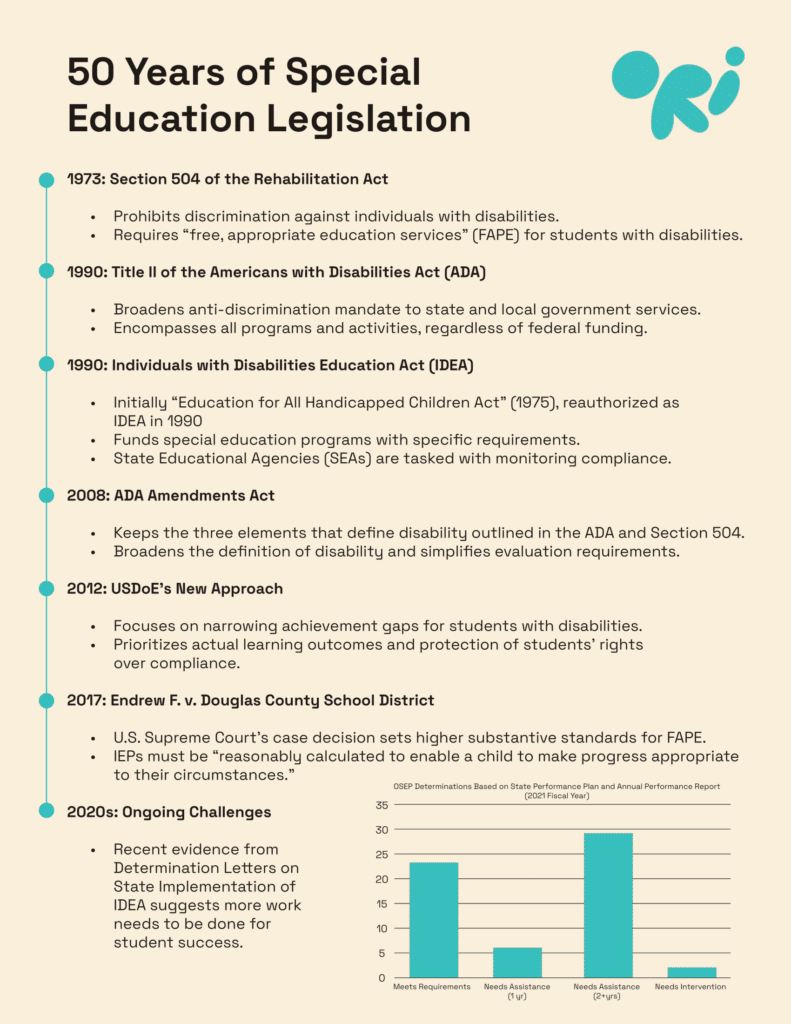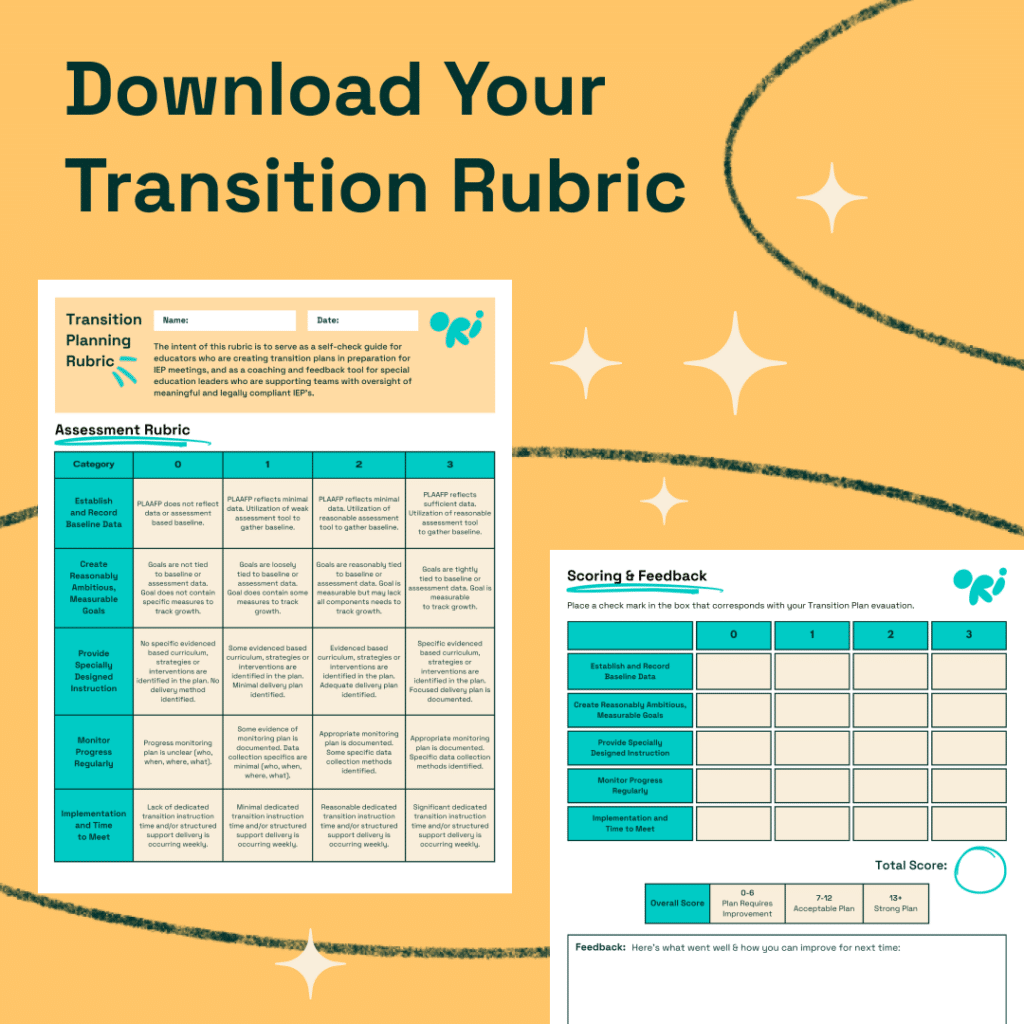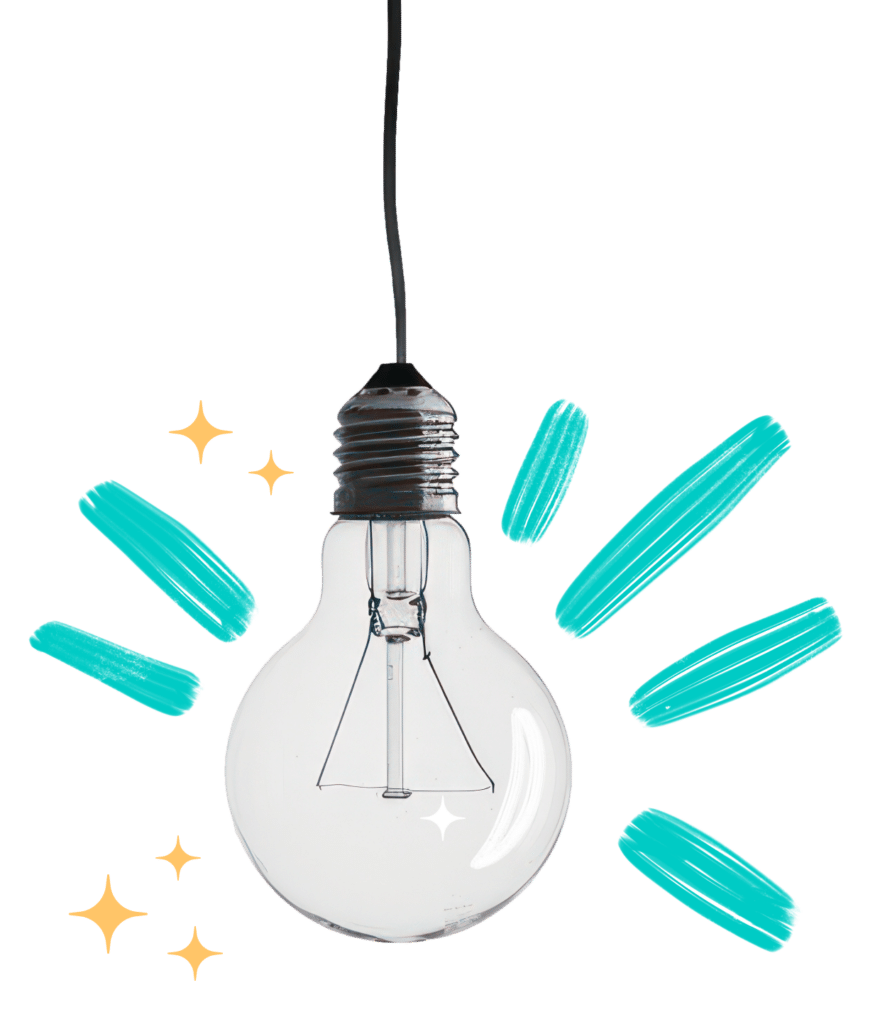

Accommodations made to Individual Education Plans (IEPs) support students in overcoming hurdles to their education that stem from a disability. The aim is to ensure every student has the same opportunities. The main challenge for special educators, parents, and caregivers is to make accommodations that are tailored to the individual, as they are not a one-size-fits-all.
The challenges and opportunities outlined in this article aim to capture the complex landscape special education leaders are navigating, and uncover potential in-roads so that all students can maximize their potential.
Key takeaways:
While this article focuses on accommodations made to IEPs, it is important to make a clear distinction between accommodations and two other strategies used in special education, modifications and interventions, which can easily be confused if not defined.
When making accommodations to a student’s IEP, the expectations, requirements, and content of the material and curriculum remain the same. Instead, it is the format or delivery of the material that is adapted to be more accessible. Examples include giving a student extra time to complete an assignment or allowing them to use assistive technology.
In cases where the disability requires that the expectations, requirements or content of the core curriculum need to be adjusted, we would consider making modifications. For example, if a student is struggling significantly with reading comprehension due to a learning disability, a modification might involve providing simplified reading materials at a lower reading level.
If skill or knowledge deficits are the issue, whether a student has a disability or not, interventions may be effective. These are temporary and targeted strategies aimed at developing a skill or bridging a knowledge gap, and often involve additional specialized instruction and progress monitoring.
In summary, accommodations are substantially different from modifications, while interventions may be deployed in tandem with accommodations. Educators need to carefully consider the most appropriate approach according to the student’s use case.
Special education is deeply rooted in the Civil Rights Movement. Over time, legislation, litigation, and most recently diversity, equity, and inclusion (DEI) initiatives across society at large have shaped it into its current form.
Since accommodations are made to IEPs, which have to adhere to certain laws and principles, they need to be considered in the context of a wider plan which has been shaped by half a century of legal change in the US.

Selecting and implementing practices that support positive student outcomes is a key responsibility of special education leaders. Accommodations are one such practice. Generally categorized based on the type of barrier they are intended to overcome, four accommodation categories are commonly referenced: presentation, setting, timing/scheduling, and response flexibility.
Educators do not typically opt for making accommodations, however. This is due in part to research on their effectiveness being scarce: as recently as 2023, the National Center on Educational Outcomes listed 49 potential research topics across a range of accommodations; meanwhile, Kern et al. specifically mention their inability to locate any empirical research studies examining accommodations for high school students.
Furthermore, the need for accommodations that are tailored to individual students versus ones that are generally applicable to a wider group makes it more difficult to present useful data. This leaves educators, who rely heavily on such data to make decisions for their schools and districts, with a significant challenge.
A thick body of research underpins two cornerstones from which special education leaders can, nonetheless, begin selecting accommodations, building implementation processes and teams, and setting up continuous improvement plans:
Crucially, special education representatives from the classroom to the district office need to collaborate to support students with accommodations by creating a system committed to organizational change for students at large.
Finally, in addition to the lack of empirical evidence and the challenge of identifying accommodations for individual students mentioned above, accommodations are usually more labor-intensive and costly to implement.
Potential guidance is available from the field of implementation science, specifically the Active Implementation Frameworks approach. These frameworks serve as lenses which bring into focus innovation, implementation, and improvement.
Ensuring the successful integration of accommodations within a school district is a collaborative effort involving district leaders, school leaders, educators, and support staff. Below we delve into specific strategies and responsibilities, highlighting the crucial role each stakeholder plays in initiating the process.
Learn how to implement IEP goals with a focus on student self-advocacy and prepare your students for success as adults.

Our Transition Planning Rubric is designed to support district leaders and educators in guiding their teams towards excellence in transition planning.
It provides comprehensive criteria that cover the breadth of transition planning, from gauging student engagement to evaluating post-secondary goals and services.
Expand your team’s capabilities and improve the success of IEP meetings.

IEP accommodations alter the format or delivery of material to make it more accessible without changing the curriculum content. Examples include extra time for assignments or assistive technology.
Modifications adjust the curriculum’s expectations, requirements, or content due to a student’s disability, like providing simplified reading materials for better comprehension.
Personalized accommodations address individual needs rather than applying a one-size-fits-all approach, essential for effective support in special education.
IEP accommodations are important for students with disabilities to reach their potential. They are challenging mainly because they need to be student-specific to provide support.
Special education leaders from the district to the classroom are called on to leverage, discuss, and review data regularly. They must also stay informed, advocate for creative, student-centered solutions, and contribute as team members.
Ori Learning offers solutions to support leaders with accommodations. Embedded data reporting tools allow educators and administrators to track and report progress to support data-based decision-making and compliance at the student, school, and district levels. Pre-assessments highlight areas of need and support development of targeted IEP goals, which can subsequently support decision-making around accommodations. Post-assessments indicate progress towards mastery of the content and related IEP goals. They can also indicate adjustments to an accommodation that might better support a student.
Book a demo with us to learn how Ori Learning can support you in identifying, implementing, improving, and sustaining IEP accommodations for your students.
